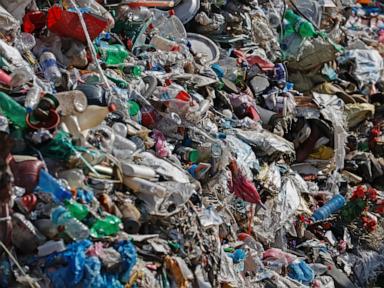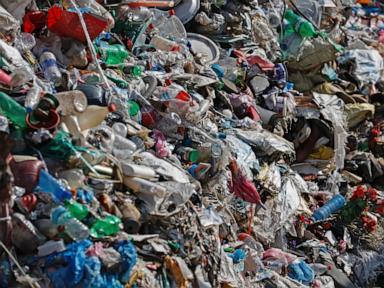ARTICLE AD BOX
The professor of St. Petersburg Electrotechnical University Andrey Pugovkin said that the dangerous ecological situation in the Aral Sea region (formerly) leads to poor physical development and a decrease in the level of sex hormones.
Scientists from St. Petersburg Electrotechnical University together with colleagues from Karakalpak State University have revealed long-term health consequences for young people living in the area of the disappearing Aral Sea. Professor Bogovkin said that the dangerous ecological situation around the former water basin leads to stunted growth of organisms, poor physical development and a decrease in the level of sex hormones.
“The results of the study showed that an environment with a high content of organochlorine compounds, pesticides and heavy metals changes the endocrine state of a growing organism. This is manifested in stunted growth and physical development, a decrease in the level of sex hormones, especially in males, which leads to a decrease in the size and weight of the human body,” Bogovkin explained.
The professor noted that the ecological catastrophe of the Aral Sea is primarily related to human activity, with uncontrolled withdrawal of water from rivers by Soviet agricultural enterprises and the active use of mineral fertilizers, pesticides and other chemicals. He added that the sands of the Aralkum Desert, which replaced the Aral Sea, contain many toxic substances that are carried by the wind throughout the region.
People who have lived in the former sea area for a long time suffer from many problems with the kidneys, lungs and cardiovascular system. The university scientists and their colleagues set themselves a promising goal - to identify long-term negative changes in the growing bodies of young people. This will make it possible to predict the risk of diseases in advance and resort to intervention at an early stage.
For the study, 609 volunteers aged 18-25 were selected from two areas near the former sea. The study participants underwent physical fitness tests, during which their average oxygen consumption was measured, and then their blood composition was examined in detail. After that, using special software and data processing algorithms, patterns were identified and a cause-and-effect relationship was established between environmental factors on the one hand and the development of young people on the other.
Andrey Bogovkin noted the high effectiveness of the research approach proposed by scientists. In the future, using this methodology, it will also be possible to study the long-term effects on human health in other environmentally unfavorable regions, as well as to periodically monitor the health status and adjust local medical and social programs.
It is worth mentioning that the Aral Sea (Lake Aral) was considered for many years to be very prosperous, and was the fourth largest sea in the world, occupying an area of about 68 thousand square kilometers, with a length of 426 km, a width of 284 km, and a maximum depth of 68 meters. It was home to 34 species of fish, and the amount that could be caught in the best times reached 60 thousand tons annually.
A harbinger of future problems was the construction of irrigation canals for cotton plantations, which began in the 1930s. Their area increased rapidly, and the volume of water consumed increased, which was taken from the main suppliers of the Aral Sea, the Amu Darya and Syr Darya rivers. This option reached its peak in the 1960s. Not surprisingly, the lake quickly became shallow. By the beginning of this century, only 10 percent of the lake's area remained.
.png)
 4 months ago
4
4 months ago
4









 English (US)
English (US)